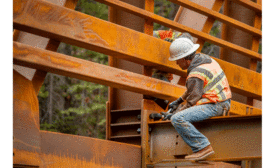Workplace Safety Culture
Protecting what matters
Cultivate a culture of safety with the right partnerships
October 5, 2020
Closing Time
Changing safety culture via VPP: How one roofing company achieved OSHA recognition
August 4, 2020
Become a Leader in Safety Culture
Build your knowledge with ISHN, covering key safety, health and industrial hygiene news, products, and trends.
JOIN TODAYCopyright ©2025. All Rights Reserved BNP Media.
Design, CMS, Hosting & Web Development :: ePublishing












